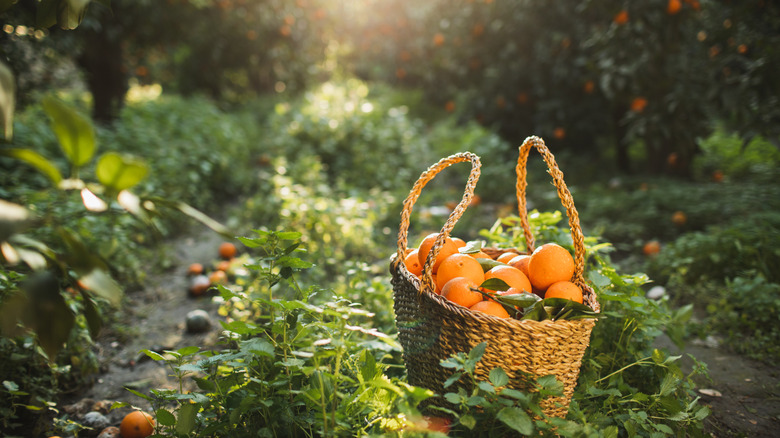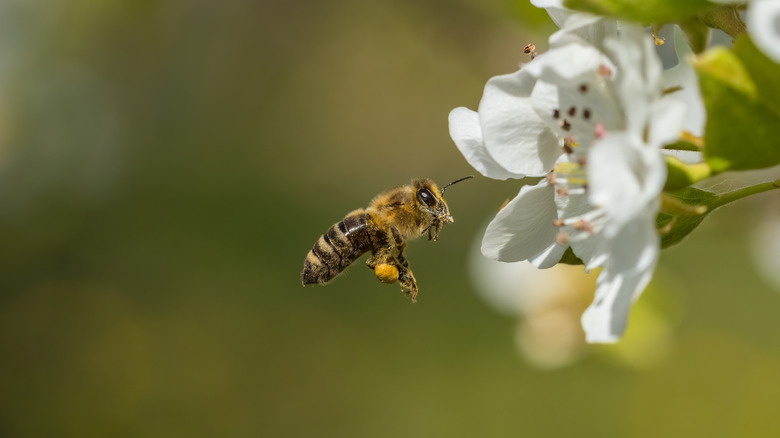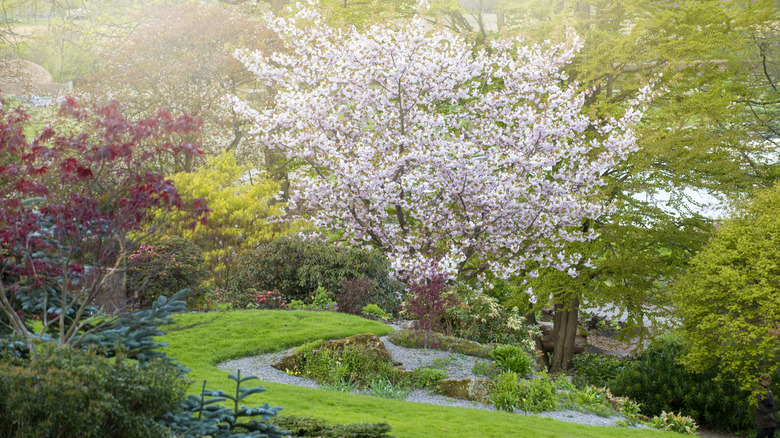The Centuries-Old Planting Technique That Can Boost Your Fruit Tree's Health & Harvest
We often imagine a fruit tree as a lone sentinel. It's standing tall on its own, upright and patient, waiting to offer its harvest. But just like people, fruit trees can't always thrive alone. They flourish in communities, often supported by various plants that protect them from pests and disease and nourish them, increasing fruit production. So, how about creating those natural conditions for the fruit trees in your garden? That's where the magic of a tree guild begins. A tree guild mimics complex ecological connections that are often at the heart of plant relationships in forests, providing support and essential services to each member.
The technique is based on ancient permaculture practices, where companion plants were grown around a central fruit tree. Some of these companion plants repel pests while others attract pollinators. A tree guild sometimes also contains low groundcovers and a variety of legumes. These not only keep the weeds out, but they also afford a natural way of replenishing the lost soil nitrogen. As a result, you spend less time worrying about diseases, pests, and fruit tree fertilizers, and more time harvesting.
How tree guilds protect and nurture fruit trees
Strategically chosen plants for the tree guild will fulfill various functions that benefit a fruit tree. For example, aromatic herbs such as rosemary and thyme, along with alliums like onions and garlic, release very strong scents that can deter pests such as aphids and borers. But don't worry, though. A tree guild won't stop friendly pollinators from visiting your fruit tree. If anything, it will attract them, and the more pollinator guests your orchard gets, the greater the rate of pollination. In short, your fruit tree will set more fruit, increasing the yield.
You can also incorporate ground cover plants into your tree guild. There is a range of ground covers to plant around fruit trees, such as white clover, sweet alyssum, and oregano. These will then act as a natural mulch, inhibiting the growth of weeds. Less competition from weeds means more water and nutrients for the fruit tree. In addition, there are several fragrant ground covers that can help deter pests without the use of pesticides on your part. These include catmint and lavender cotton, among others. They do so by attracting the natural predators of plant pests, such as ladybugs, lacewings, and parasitic wasps. This further reduces the need for pesticides.
It's worth noting that saplings don't have well-developed roots, and growing other plants right around their base can actually do more harm than good, since the trees will have to compete for essential resources, like water, nutrients, and sunlight. Also, saplings won't produce blossoms for a few years. So, pollinator-attracting plants won't do much for them until they're old enough to flower and produce fruit.
Designing and maintaining a tree guild
Designing an effective fruit tree guild begins with the selection of a fruit tree. You need to think about its mature size, sunlight needs, and preferred soil type, and make sure that the intended location on your property meets these requirements. Next, pick the right companion plants and arrange them in rings radiating outward from the tree. The closest companion plants to the fruit tree should be nitrogen-fixers and mulchers, with shallow roots that won't compete with the tree. Keep at least 8 to 12 inches around the trunk clear to prevent moisture buildup and trunk rot.
The next ring of plants in a guild should include suppressors and attractors. Strawberries (especially wild varieties) can suppress weeds while also attracting pollinating insects with their blooms. Flowering plants such as cosmos or yarrow will also invite beneficial insects to the area. Lastly, in the outermost ring, plant accumulators or repellers. Chicory can help access and recycle subsoil nutrients, while garlic can create a natural protective barrier against some pests.
However, when picking flowers for your tree guild, keep the fruit tree's flowering window — the period when it blooms — in mind. Ideally, you should combine early, mid-, and late-season bloomers that overlap with tree's blooming time. This will ensure a continuous supply of nectar and pollen, attracting pollinators when the tree needs them. Lastly, maintain guilds through continuous monitoring. Adjust species composition if ground covers or perennials in your tree guild become overly competitive.


